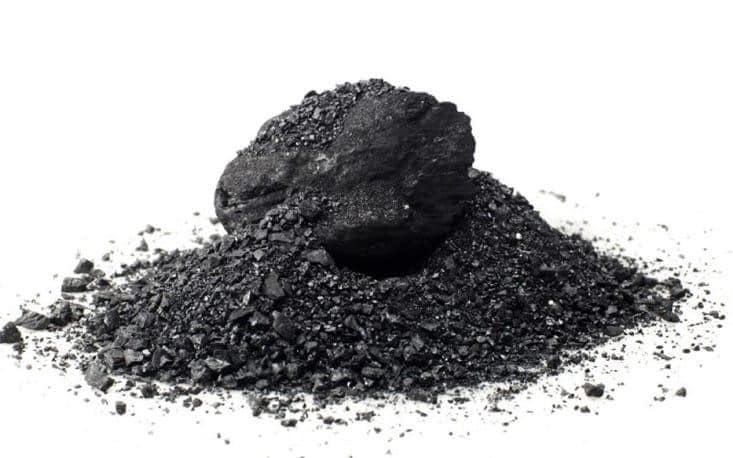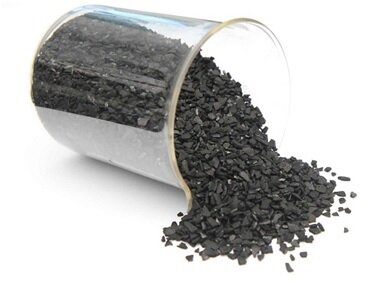Industrial Minerals
Through our strategic alliance, we supply customised and site-specific industrial minerals such as:
Manganese
Manganese dioxide is an alternative oxidant for the acid leaching of Uranium. In its tetravalent state, it is insoluble in acidic and alkaline solutions. It must be oxidized to the hexavalent state before it can be soluble and recovered (Boylett and Venter, 2009). Hence, the role of manganese dioxide as an oxidant, competing against sodium chlorate, hydrogen peroxide, ferric iron, oxygen, and sulphur dioxide/air. According to Boylett and Venter (2009), in terms of the flowsheet, the leaching process is typically superseded by liquid-solids separation in counter-current decantation (CCD) thickeners or on belt filters. Then ensued by solvent extraction and/or ion exchange. Subsequently, precipitation and recovery. Variations in the ion exchange methodology includes fixed bed ion exchange (FIX) and counter-current ion exchange (CCIX). According to Boylett and Venter (2009), an alternative to liquid-solid separation is resin in pulp (RIP), the development of which closely parallels the gold CIP designs.
Activated carbon
In the mining and precious metals industry, our porous activated carbon performs efficiently, consistently, and reliably to recover gold from leach solutions through a series of fluidised bed columns. It can be delivered in various forms, viz, granular, powdered, and pelletised. It can be customised to various mesh sizes, typically 8x20, 12x40, and 30x8 for liquid phase applications, and 4x6, 4x8, and 10x4 for gaseous phase applications. It is a highly porous material which provides a large surface area; hence, recovers and yields a significant and appreciable amount of gold.
In water treatment, our activated carbon is effective and efficient in the filtration of unsuitable contaminants such as sediments, organic compounds, suspended solids, colour, paints, unsuitable taste and odours, heavy metals, chlorine, and chloramines. However, the temperature and pH of the water tends to impact on the efficiency. So far it has not been significantly demonstrated to be effective against microbial contaminants (bacteria, viruses, mould, algae, etc.), hard water minerals (calcium, magnesium, etc.), fluorides, nitrates, etc. In air pollution management, our activated carbon has been demonstrated to be effective and efficient in the filtration of volatile organic compounds (VOCs), decolourisation, particulates, odours, ammonia, carbon dioxide, and other gaseous pollutants.





 LEARN MORE
Next
LEARN MORE
Next